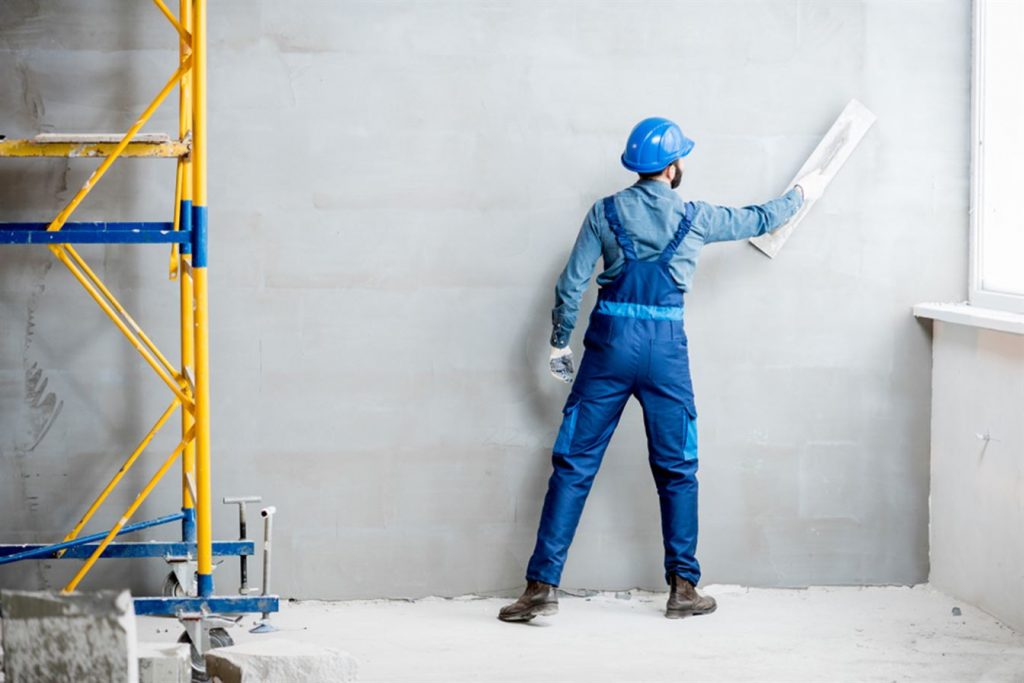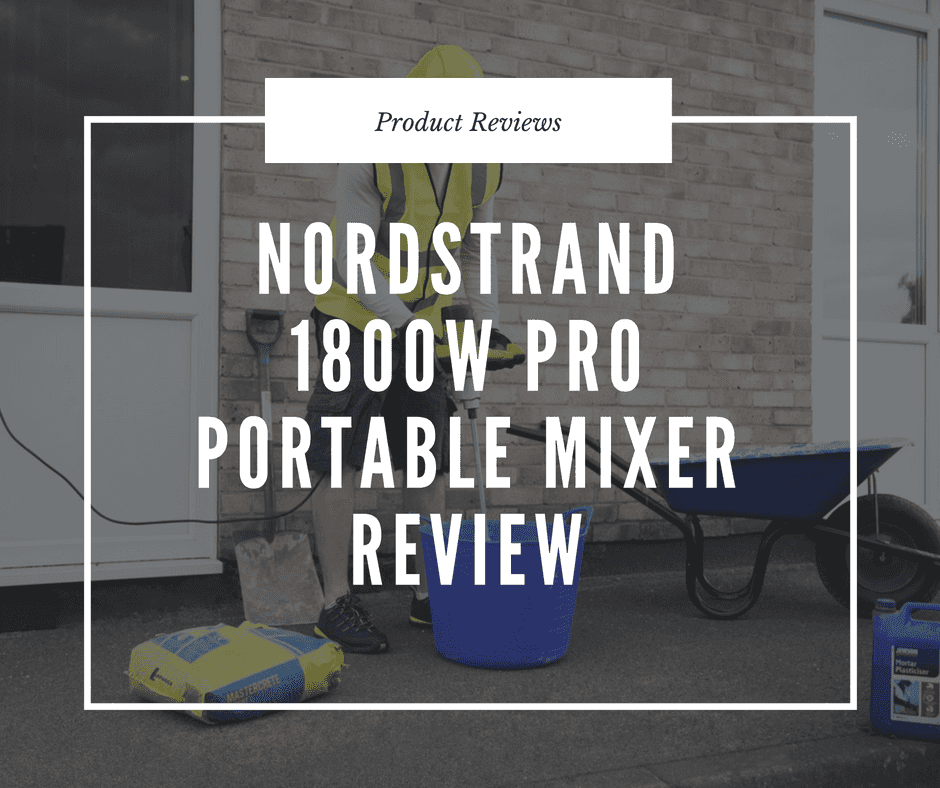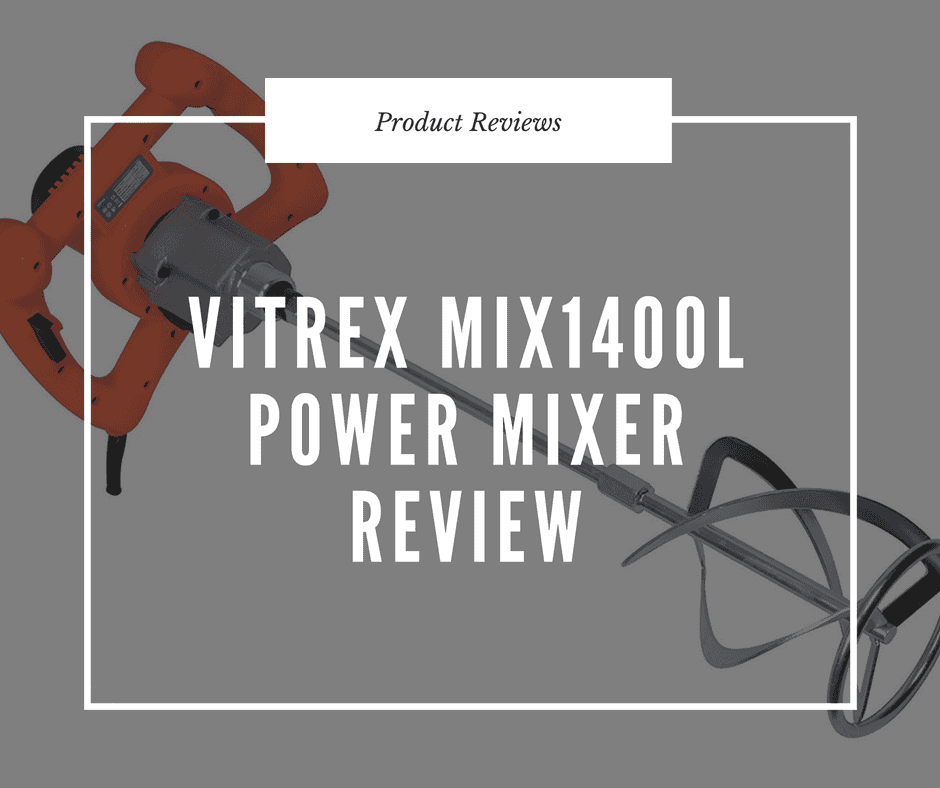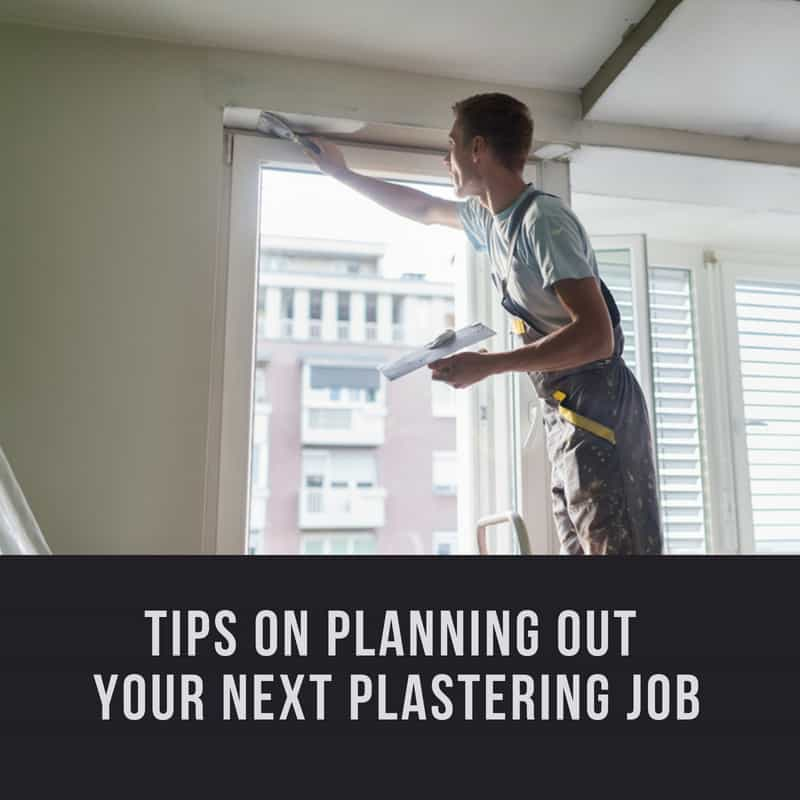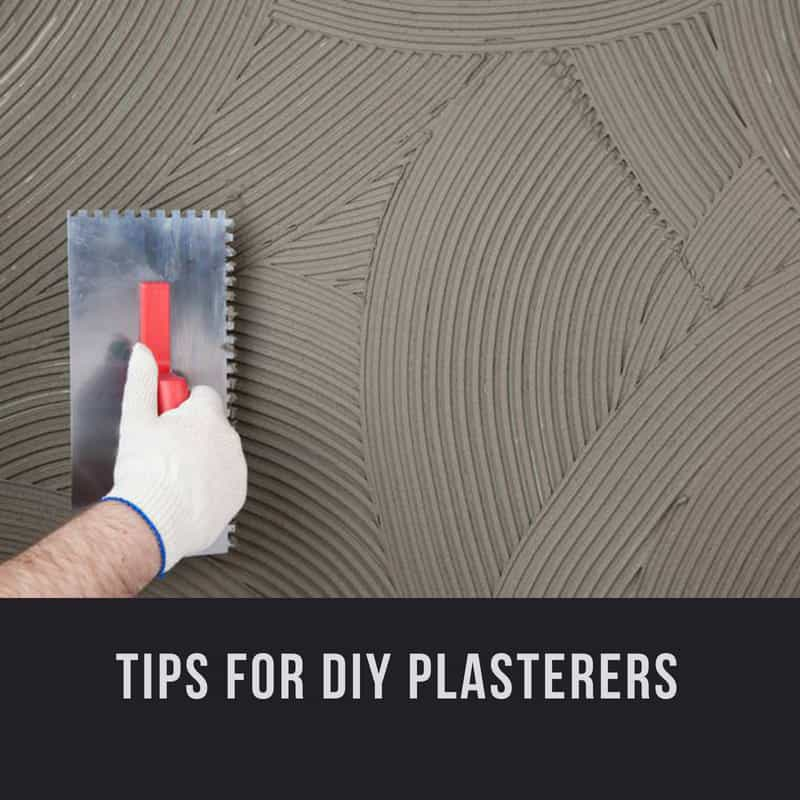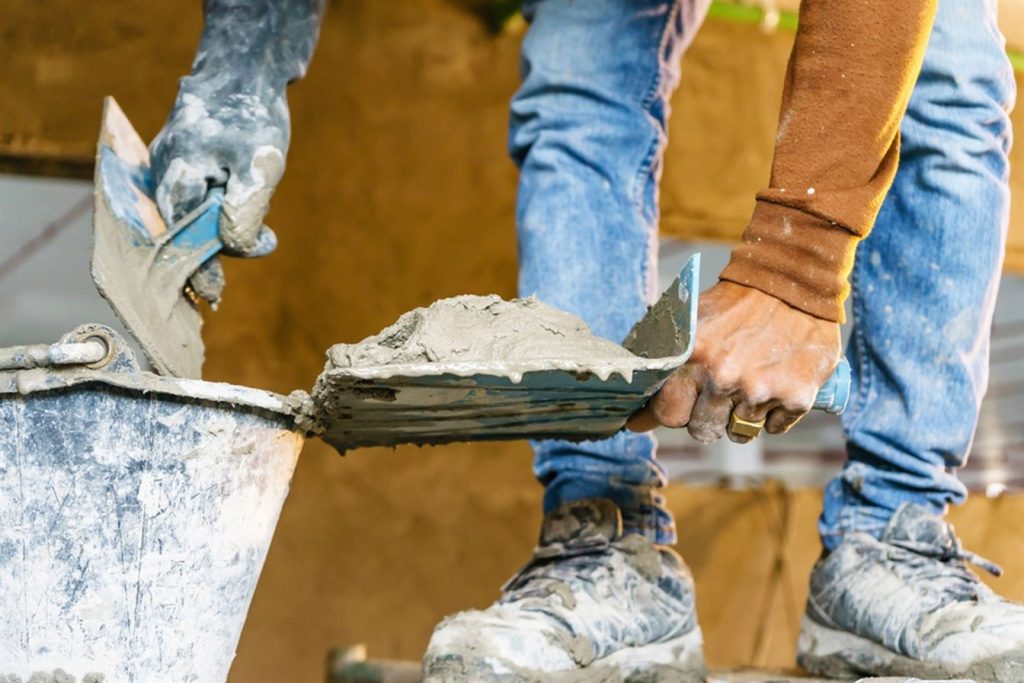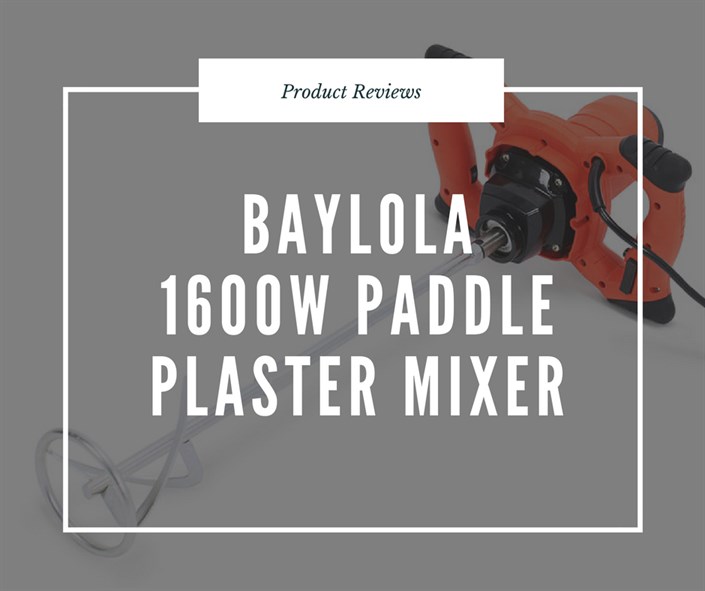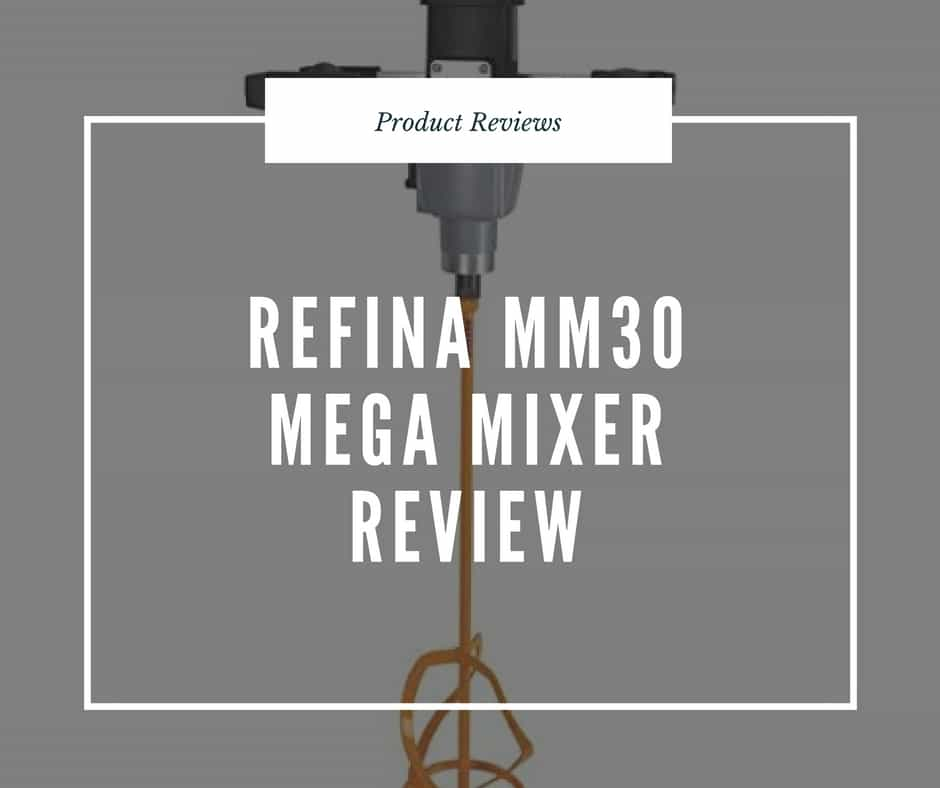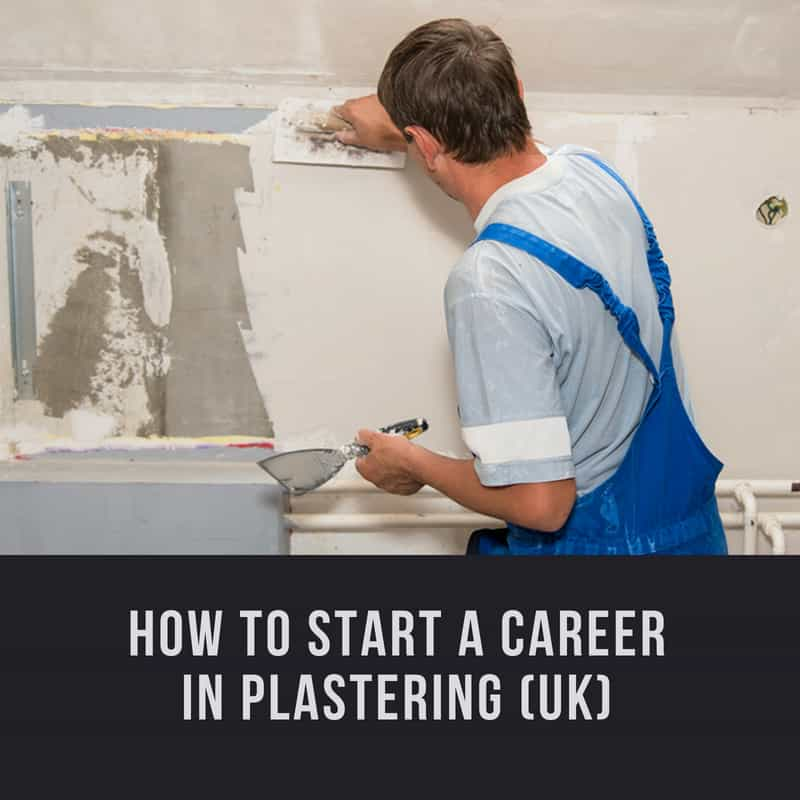
What Plastering Tools Do I Need?
So you recently had a hunch that you are going to learn how to plaster but got struck by the reality that you have no clue on what tools you will need to get started.
Well, you don’t have any cause to worry because in this article we, at The Swindon Plasterer, will reveal the various tools you will need to get started plastering.
We’ll provide you with a master checklist of the tools you will need with all the necessary examples and options to help you achieve success in your newly discovered obsession. Don’t waste time beating around the bush and let me guide you on the right course of action to take.
Here is a quick rundown of the primary tools you will need to get started:
- Plastering Trowel
- Bucket Trowel
- Plaster Mixer
- Hawk/ Hand board
- Water brush
- Buckets/ Mixing buckets
No doubt as you progress into becoming more skilful at plastering, you will start to explore the several other tools that are available at your disposal. These tools will enable you to get creative and produce more quality plaster jobs and also help you become a pro in no time.
However, before we delve thoroughly into these tools, we first need to clarify an important issue.
Cheap Plastering Tools – are they worth it?
The answer to this question is an emphatic NO!
When you decide to purchase plastering tools from substandard suppliers, you are bound to get a poor quality finish. You can’t expect to get a flat, smooth and perfect finish on your wall by using a Trowel you got from a pawn shop.
So, if you’re truly serious about plastering, you have to be ready to spend some cash and get yourself some quality plastering tools. In this article, we will be discussing each of these plastering tools in detail and provide you with valuable information on which standard tools you should use and their importance where necessary.
Plastering Trowel
This is one of the essential tools used in plastering. You will need to get a very good Plastering Trowel before even thinking of starting out with plastering. Choosing the right Plastering Trowel, however, is where many people tend to falter.
The good news is, we’re going to show you how to select the best Plastering Trowel for the job you want to do.
Here are a few things you will need to consider:
What Size of Trowel Should I Use?
The size of the trowel you plan to use is of utmost importance, so when buying one, it is recommended that you pick a 14 inch (“) stainless steel plastering trowel. Most experienced plasterers would suggest that you go for a 12″ trowel because it allows for more control.
The problem with this advice is that it makes your work effort feel less productive. Small trowels usually have less space to hold the plaster, and as a result, you may find it difficult to apply it to the wall. The bottom line is that you will be better off starting plastering with a 14″ trowel. It might require some effort at first, but you’ll get the hang of it as you progress.
For optimum results, we recommend that you use stainless steel, 14″ x 5″ trowel from Marshalltown. These special trowels are well known in the market for their resourcefulness, and they’re an excellent option for beginners in plastering.
The Marshalltown trowels also guarantee sturdiness, comfort, and most importantly a sublime finish. The 5” width accommodates a much larger surface to get accustomed to the transition of applying the plaster.
The Marshalltown MPB145GSD Stainless Steel Plastering Trowel is a great place to start. It is a highly versatile trowel that can be utilised for all types of plastering and by just about anyone at different stages their plastering career. As a beginner, you’re going to enjoy using it.
By all means stay away from cheap, substandard trowels. As earlier pointed out, such poor quality trowels only breed disaster – they do not last, they rust easily and get corroded after use. Spare yourself a headache and go for a good, well-reviewed trowel – they may cost more, but they make your work much more comfortable and will last a long time if properly maintained.
Bucket Trowel
This tool is typically used to scoop the plaster out of the bucket while applying the plaster. They are available in hundreds of shapes and sizes and can be easily sourced from your local retailer. Depending on which ones you plan to purchase, you should be budgeting around £5 – £10 for a piece. Unlike plastering trowels, bucket trowels do not require spending vast amounts on them for quality purposes since their appearance do not affect the outcome of your plastering.
Hawk/ Hand Board
This plastering tool is what is used to hold the plaster in place while you scoop from it with your trowel. They also come in varieties of shapes and sizes and are usually held in the palm of your hand.
You should go for whichever option suits you but here are two of the best that we recommend:
Foam/ Plastic Hawks
These foam/ plastic hawks are perfect for beginners due to their lightweight and ease of use. It can be physically draining to your arms when you are holding a full trowel weight of plaster for hours on the end of your arms, but with this plastic hawk, your muscles won’t ache, and you’ll be able to finish up your work in no time. The only downside of using this plastering tool is that due to its lightweight it is prone to cutting in half after a while.
Aluminum Hawks
Made of lightweight aluminium material, these hand boards are the favourite of many. They may cost more than the plastic hand boards but will last a lot longer. As earlier stated, you don’t need to spend a lot on hand boards, but if you’re looking for one that’ll last, then the aluminium hawks are your reliable option. We highly recommend the Marshalltown hawks due to their comfortable Durasoft handles.
Plaster Mixers
Investing in a quality mixer is also very important if you want to start plastering. There is a wide range of mixers available that you can choose from but we’ll help you out with some of the main ones.
Here are the top picks that we recommend:
Refina MM30 Mega Mixer:
Produced in Germany by Eibenstock, the Refina MM30 Mega Mixer with its powerful 1800W motor is actually a firm favourite among the plastering and rendering trades. The high quality high-torque motor and two-speed gearbox generates a speedy and thorough mix action with consistent results that creates light work of even large volumes of plaster or external render. The Megamixer Drill includes a soft-start variable speed to reduce start-up splashing along with the MR3 spiral paddle easily converts power tool torque into a consistent mix action. The newly designed ergo-design H frame handle supplies a comfortable position for quick handling and will help protect the motor from damage. This powerful and efficient tool is the ideal mixer for contractors who demand a consistent output.
Nordstrand 1800 Heavy Duty Mixer:
This mixer is made for all users throughout the spectrum. Whether you need a mixer for your DIY project or you need one as an essential in your professional trade, the Nordstrand 1800W Plaster Mixer is perfectly suited for your requirements. This really is largely to some extent due to the ergonomic design that is not only user-friendly and also intuitive for users. Furthermore, it comes with a robust construction that offers it exceptional durability. Importantly, it offers the proper mixture of features to take care of a variety of tasks including mixing mid-viscosity liquids. This can be powered with a powerful 6000 rpm motor with six-speed controls.
Vitrex MIX1400L Plaster Power Mixer:
The Vitrex MIX1400L Plaster Power Mixer can be a powerful mixer which has been created to mix grout, cement, plasters, fillers, paints, adhesives, and also other construction mortars. It comes with the ideal mixture of features to for enhanced productivity. As an illustration, it comes with two gears for variable speed. Importantly, the mixer’s speed might be locked for continuous operations. Additionally, the speed is controlled electronically rendering it easier for users to obtain the setting they need for that material under consideration. In the design front, this mixture comes with an ergonomic design plus a lightweight construction for the best user experience possible.
Baylola 1600W Plaster Paddle Mixer:
Have you been on the market shopping for a powerful plaster paddle mixer? If so, the Baylola 1600W Paddle Plaster Mixer is perfect for you. It includes 1600W as well as a variable speed setting for any type of tough mixing job. This paddle mixer includes a 360-degree double helix head to enhance the efficiency of the project. The electronic overload protection aids in preventing the motor of the mixer from overheating under continuous working pressure. The beginning of the mixer is electronically controlled and soft. This may avoid the powder and liquid from splashing up when mixed. Click here for an entire review of the Baylola 1600W Plaster Paddle Mixer.
Silverstorm 264219 Plaster Mixer:
The Silverstorm 264219 Plaster Mixer has two speed settings to achieve the required consistency in the preparation of various materials such as plaster, adhesives, cement, and paint. Using its powerful 1220W motor it is going to come up with a handy accessory for your construction tool kit. Both handles on either side in the mixer are rubber coated for the comfortable and safe, stable grip. A soft-start function delivers instant power and also the on/off lock switch prevents accidentally starting the motor. It appears complete with a 140mm mixing paddle, two spanners, two carbon brushes, and tools to maintain the paddle mixer.Water Brush
Another essential plastering tool you will need to have as a beginner in plastering is a water brush. It is an indispensable tool that is used to conclude the plastering process. It is usually applied to the final coat of the plaster to stop the plaster from pulling off, thus leaving a perfect finish.
The water brush can also be used to apply water to the plaster when you’re yet to finish, and the plaster is already drying up. It is undoubtedly an essential tool that can save both you and your plastered walls when you most need it.
Water brushes come in a variety of sizes and can be applied in many ways. You can get a 6″ water brush or a 4″ masonry brush from Travis Perkin. They are sometimes expensive but will last longer, make your walls sparkle and are way better than using cheap brushes which leave bristles in your plaster.
Cleaning Brush
These are thick hand brushes that are used to clean your plastering tools and your buckets. There are various types of hand brushes available that you can use for cleaning your plastering tools, but we recommend that you go for a plastic brush. They’re small and thin enough to pass through the paddle of the mixers, which will guarantee a thorough cleaning.
Mixing Buckets
Mixing buckets are containers used to hold the plaster in a while mixing. They are critical as well, and we recommend that you go for the big Gorilla tubs when shopping for your mixing buckets. They are versatile, sturdy and can last a long time if properly maintained.
Plastering Tool Reviews
This website (and domain) is for sale
This website and domain name are for sale. The domain name "swindonplasterer.com" was...
How to Patch Insulation Holes in Plaster Walls
Owners of older homes often find themselves getting in "behind the walls" to add improvements...
Nordstrand 1800W Pro Portable Hand-Held Mixer Review
Nordstrand 1800W Pro Portable Hand-Held Mixer Review
Over the past year, I have worked in the industry of masonry construction, where I have spent many hours working with concrete by mixing the material in a bulky and large cement mixer. The mixer was very heavy and needed to be rolled to get it from one place to the next on job sites. I was still new to this type of work and I was not aware there were other options available.
One day the foreman overheard me talking about my grievances about the mixer where he made a suggestion that I invest in one of the latest hand mixers opposed to using the heavy duty and old equipment. When I heard that there were other options, I immediately started to conduct my own online research. If you are struggling with one of the outdated heavy-duty mixers, you should definitely think about investing in an upgrade in association to the latest handheld alternatives. These are ideal for the mid-viscosity liquids such as plaster, cement, mortar, and glue.
The size does, however, limit these products to the small onto mid-sized batches, which is usually the only standout drawback.
Vitrex MIX1400L Power Mixer Review
Vitrex Mix1400L Review - Using the huge and heavy power mixers has been quite uncomfortable through the years that I have used them. It is impossible to tell you how many pain relievers I have had to take due to using them. Believe it or not, sometimes I would rather use a stick to mix up the concrete if that meant not picking up a big mixer. If you have spent time working in masonry or construction, you may have felt this way, too. Yes, power mixers may be efficient, but they are far from comfortable. The good news is, lightweight and portable mixers have been making their way to the market. At first, I wasn't too interested in them since I already had a heavy-duty mixer and I didn't think the new mixers would be able to handle mixing. Thank goodness my wife talked me into investing in one of these mixers and it literally saved my back.
Plastering Requires Careful Planning
How To Plan Your Next Plastering Job Properly If you are trying to find...
Tips For Improving Your DIY Plastering
Great Tips for DIY Plasterers If you're new, or fairly new, to DIY plastering then...
How To Plasterboard Curved Ceiling – Tips & Advice
Are you looking for some helpful tips and advice on how to plasterboard curved ceiling?...
My Review of Baylola 1600W Paddle Plaster Mixer
When you want to have a great plaster mixer, then you need to consider the Baylola 1600W 650RPM Paddle Plaster Mixer. This is a mixer that has a variable speed, which makes it a great option for all of your work you need to do. However, at the same time it will be easier for you to have a twin handle that makes it easier for you to hold onto. What else is nice is the fact this has an electric start that makes it easier for you to get the smooth start you need to have for the mixer to work and not splash out.
Refina MM30 Mega Mixer Review
Refina MM30/2 Mega Plaster Mixer review - I never thought that I would be doing a great deal of plaster mixing. However, over time I found that my assertions were wrong as, and indeed plaster mixing was an invaluable skill to master. Unfortunately, hand mixing is never easy and in many regards, it is impossible to do unless you are an experienced professional. For me personally, I had to do a lot of plaster mixing in a short time span. I quickly realized that I could not achieve high quality plaster mixes in sufficient quantity by mixing with the brush or hand as they were not powerful enough. Furthermore, my hands would get too tired. With this experience, I knew I had to find a new solution for plaster mixing. I am certain you will experience the same issues and you can benefit from my experience.
How to Become a Plasterer in the UK
Tips for Starting a Career as a Plasterer At The Swindon Plasterer, we...

